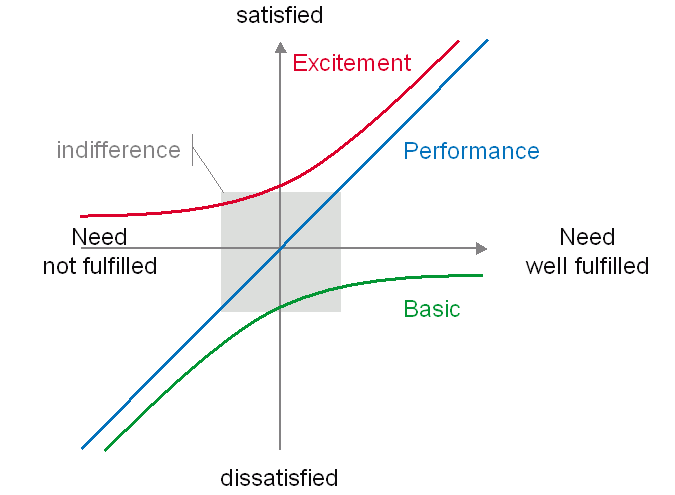A commenter on Matt's post claimed that using Grails to create the same application would be a tremendous simplification.
I wanted to find out if this was really true, and how much effort it would actually take to achieve the same functionality with Grails.
This post is not a Grails tutorial, and it is also not the goal to create an intelligent application. The goal is to reimplement Matt's application as efficiently as possible.
I assume, that you have GlassFish V3 Prelude installed.
Step 1: Install Grails
Start the updatetool or start glassfish an go to the updatetool inside the admin console. Select Grails for installation and perform the installation. Set the environment variable GRAILS_HOME to point to the Grails installation inside GlassFish, and include the Grails binary in your PATH.
On my OS X system this meant putting the following lines in my .profile:
export GRAILS_HOME=/Applications/NetBeans/glassfish-v3-prelude/glassfish/grails export PATH=$PATH:$GRAILS_HOME/bin
Step 2: Create a new Grails application
Execute
grails create-app CRUD-GRAILS in on the console.
This creates a directory named CRUD-GRAILS with a fully functional Grails project skeleton.
You can start your new Grails project with
grails run-app. This starts up GlassFish and loads the application. The application is available at http://localhost:8080/CRUD-GRAILS.
As you can see there is not much there apart from a welcome screen.
Step 3: Create the Book entity
Execute
grails create-domain-class book from inside your project directory.
This creates the file
grails-app/domain/Book.goovy that contains a skeleton class for the book entity.
You could also create the file manually, the grails command just also creates a file for tests...
Edit Book.groovy to add properties:
class Book {
String name
String isbn
}
Step 4: Create a controller
Execute
grails create-controller book from inside your project directory.
This creates the file
grails-app/controllers/BookController.goovy that contains a skeleton class for the book controller.
As with the Book entity, you could also create the file manually, the grails command just also creates a file for tests...
Edit BookController.groovy to provide the CRUD operations on the book entity (this is called scaffolding):
class BookController {
def scaffold = true;
}
That's basically it! The application can create, update, show and delete books.
It took typing three commands and writing three lines of code ... all completed in less than 10 minutes ... not bad I would say!
Let's see what Grails has to say:
grails stats
+----------------------+-------+-------+ | Name | Files | LOC | +----------------------+-------+-------+ | Controllers | 1 | 3 | | Domain Classes | 1 | 4 | | Integration Tests | 2 | 8 | +----------------------+-------+-------+ | Totals | 4 | 15 | +----------------------+-------+-------+
Ok, using dynamic scaffolding is a bit like comparing apples with oranges ... lets change that:
grails generate-all
This generates the concrete views and the controller for the book entity, that have been generated dynamically by scaffolding up to now...
... now you can look at the code and adjust it to your needs.
Another little thing is getting rid of the Grails logo. Edit
grails-app/view/layouts/main.gsp: Delete the lines between the <body></body> tags except <g:layoutBody /> ... I think we stay with the nice CSS and icons :-)
Ok, I don't claim that Grails is a silver bullet, but it is quite impressive how fast you can achieve some core functionality! The question is now how well it scales for real-world-requirements ...
Matt are you ready to implement some entity-relations, validations, conversations, AJAX-UI ... ? I would be ready for the challenge :-)



 After
After  I am reading Stephen Colebourne's
I am reading Stephen Colebourne's 
 For years
For years 
 I have blogged about MDSD and code generation before:
I have blogged about MDSD and code generation before: 
 Today
Today  Today I had some time catching up with my podcast-backlog. Here the two most memorable quotes:
Today I had some time catching up with my podcast-backlog. Here the two most memorable quotes:
 It is true that data lives longer than apps, but consider
It is true that data lives longer than apps, but consider  Recently I was listening to the
Recently I was listening to the 
 My colleague Matt started blogging!
My colleague Matt started blogging!
 < quick and not well thought out comment >
< quick and not well thought out comment >
 Programming has become too complex. I suspect that we have lost it for good!
Programming has become too complex. I suspect that we have lost it for good!
 I am pretty late in
I am pretty late in  Sometimes I think I am stuck in some kind of matrix: I am brainwashed that Java EE gives me the right tools for enterprise development. Those tools are not really attractive and provoke a lot of suffering, but hey that's the price for being part of the enterprise!
Sometimes I think I am stuck in some kind of matrix: I am brainwashed that Java EE gives me the right tools for enterprise development. Those tools are not really attractive and provoke a lot of suffering, but hey that's the price for being part of the enterprise!

 That is an interesting application of
That is an interesting application of  EJB has undergone quite a makeover!
EJB has undergone quite a makeover!

